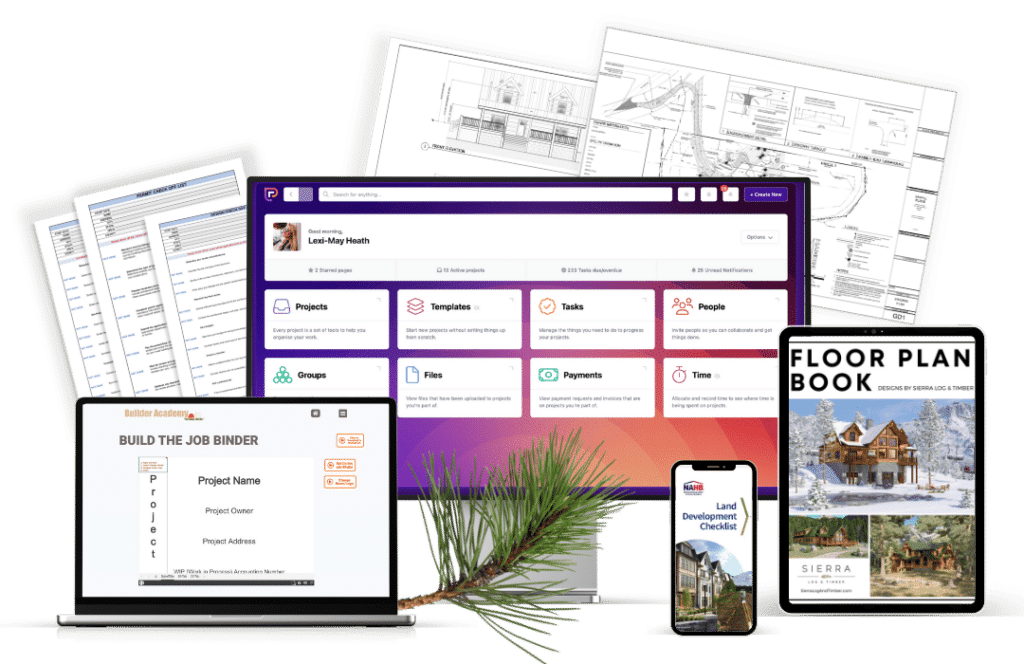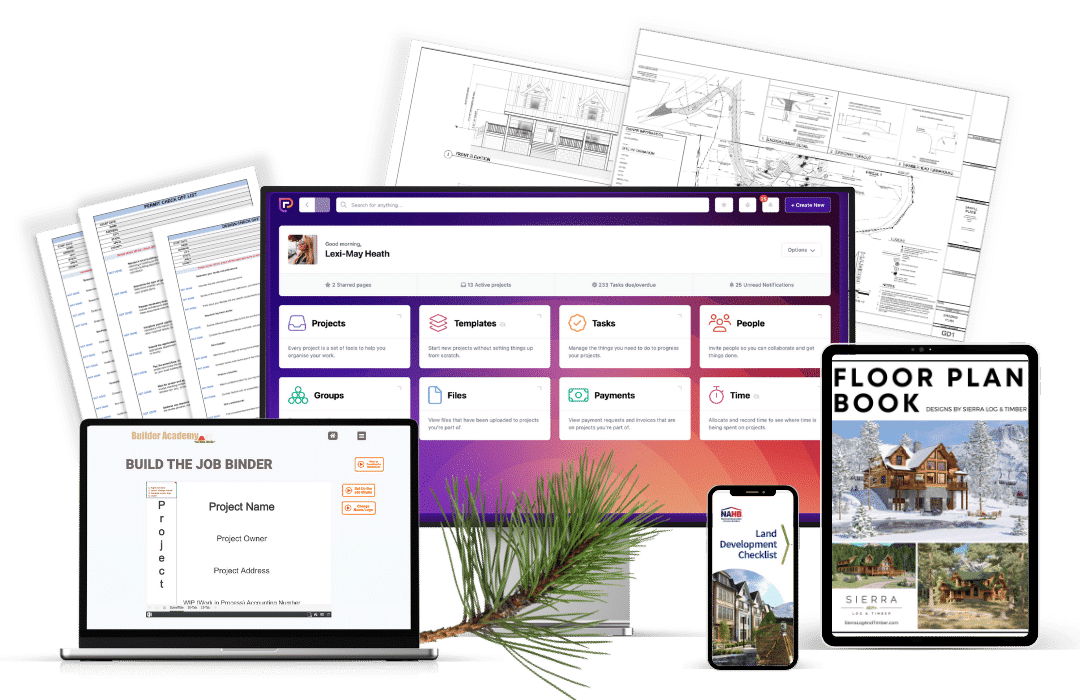Consider the Best Location
When purchasing land for building a log home, choosing the best location is vital. There are a few things to consider when you have plans on building a log cabin and thinking about the best location is first. How will you use the land, and will there be adequate space for those plans? Do you plan to garden, have livestock or grow crops? Do you prefer a completely secluded area or one that has convenient access to local amenities, such as medical facilities?
Investigate the soil when deciding on a location for your log cabin or home. Look for problem areas such as extremely rocky, which could increase excavation costs. The overly wet ground can limit the buildable space due to drainage areas or wetlands designation. Steep slopes can also cause increased excavation costs or the need to have a very tall crawl space or basement (whether you wanted one or not).
If a septic system is required, excessively rocky or clay soil could impact the type of septic system that can be installed. A standard system usually costs less than $10K. An engineered system could cost more than $30K. If you have concerns, you may want to have a perk test completed prior to purchase.
Investigate Legal Matters
Permits and regulations can significantly affect the cost to build your log cabin or home. Consult with land developers or local real estate agents for advice on zoning laws and restrictions. Make sure to do a title search and survey before you close on the property. This can tell you if there are any liens on the property and confirm property boundaries. Investigate the costs for property taxes and fees.
Check for possible encroachments into your property, such as buildings or fences. You might want to consult with an attorney to review purchase contracts and zoning issues. The attorney can investigate if the previous owners had building issues that may impact your plans. This step can save you time and money with costly mistakes.
Determine the Buildable Space
Research Additional Building Regulations
Check Access to Infrastructure
Site Placement When Purchasing Land for Your Log Cabin or Home
Another important factor for purchasing land for your log cabin is site placement. How will your cabin be placed on the land? If you are looking at a location with scenic views, it makes sense to maximize the advantages and minimize restrictions.
Visit the property at different times of the day. Consider how the sunlight will shine through to give your log cabin or home enough natural light. Study the best orientation for your log home or cabin to get the best views of the natural landscape through the windows. Visiting the property at various times of the year can also help properly orient your home for solar gain or to minimize solar gain. Seasonal visits can help you spot potential problems with wildlife, insects, and other undesirable critters.
Start Building A Log Cabin or Home Today
Looking for the ideal spot can be one of the most enjoyable experiences. After purchasing the land, your next step is to start designing your dream log cabin or home. At Sierra Log & Timber, our expert professionals can guide you through every step of the process. Our company is an industry leader in beautiful design for over 25 years. We offer numerous ready-made and customized designs to fit any lifestyle or budget. Request information on our log home packages today!




